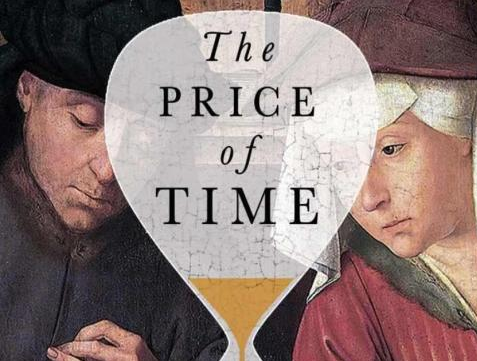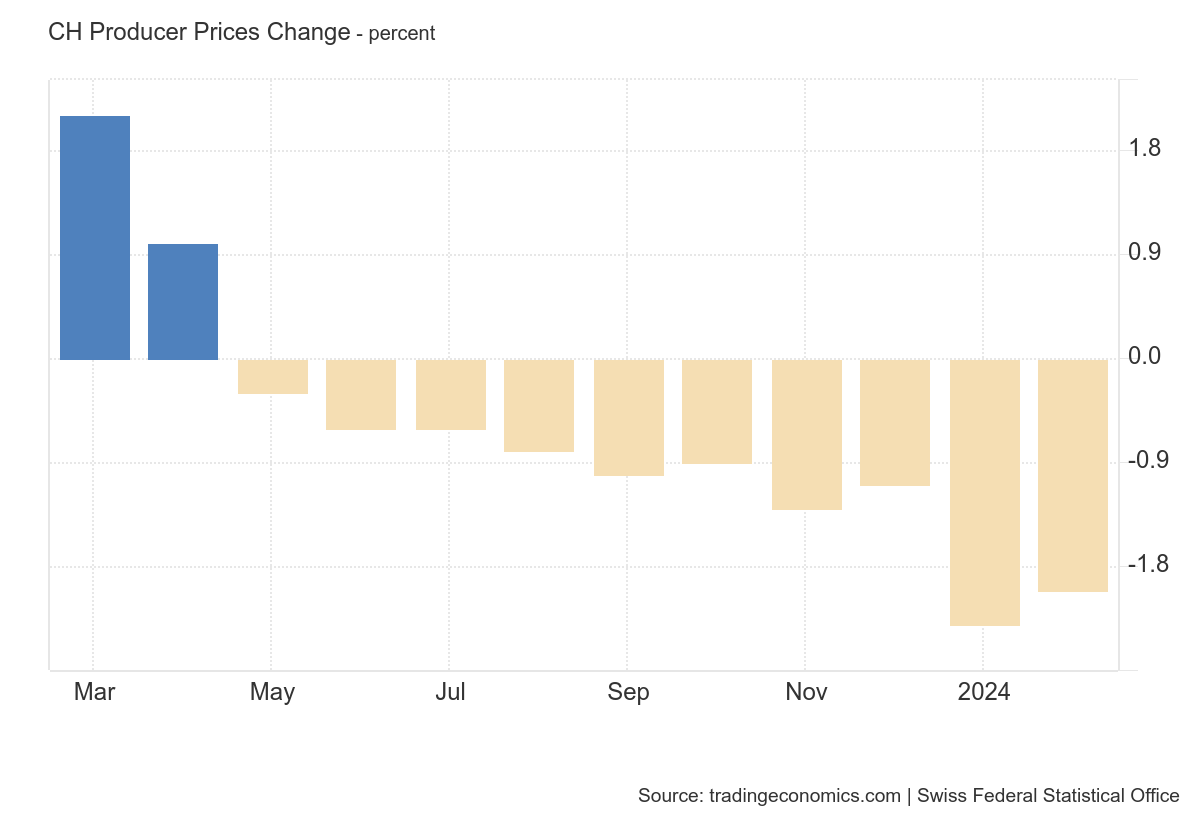An excellent new book from Edward Chancellor, The Price of Time, sets out to explain both the theory and history of interest rates across five millennia and countless cultures. The theory is frequently bungled by economists; the history is frequently glossed over by historians. But thankfully Mr. Chancellor is up to the task. He is an excellent and engaging writer, owing presumably to his long career as a financial journalist.
We need more books like this. Economists tend not to ask basic questions like, “What are interest rates, where do they come from, and what purpose do they serve?” But they should. No less than Richard Cantillon and Eugen von Böhm-Bawerk, both quoted in the opening notes, viewed the phenomenon of interest on capital as the murkiest and most neglected area of economics. As it turns out, Smith, Marx, and Keynes got these questions wrong; Turgot, Böhm-Bawerk, and Mises got them right.
The author is not an Austrian per se. But he demonstrates sympathy to the proto- Austrian concept of time preference, and the book’s title centers time as his central theme. His treatment is not ideological so much as cautionary and generally “free market”, as much of the book documents the folly of government officials and bankers mucking around with the market function interest rates ought to serve.
Time, not “policy,” is key to understanding interest rates. As the author states in his introduction, “Time is scarce, time has value, interest is the time value of money.” And interest resides at the intersection of price and value: Chancellor tells us the time value of money is the “lies at the heart of valuation.”
Chancellor also channels Irving Fisher and Mises early in the book, two men who agreed on little beyond Fisher’s insight that man’s “impatience” (positive time preference) is a fundamental attribute of human nature.” And he mentions Rothbard, who expands time preference into an axiom whereby all men prefer current consumption to future consumption and thus discount future satisfactions. After all, life is uncertain and we might die– or merely change our preferences for future goods. A brand new car today, purchased on credit, might bring “want satisfaction” greater than the pain of making interest payments. And in fact very few Americans appear willing to drive an old car for years to save money for a cash purchase.
Once we accept the axiom that humans prefer present consumption (all things equal), it follows that any “natural” rate of interest must be at least nominally positive. Nobody will forego consumption and lend money—with the attendant risks—to be paid back less.
Thus in the Austrian framework, interest is a ratio representing the discount (which arises in the market economy) for future goods against present goods. Like all goods and services, interest is about want satisfaction. Interest is rooted in time, in the intertemporal preferences of saver and borrowers. And these preferences, left unmolested by fiscal or central bank policy, manifest as natural or “originary” interest rates. Interest operates as a category of human action, under the axiom (again, all things equal) that humans prefer present to future goods.
And yet this time-preference theory of interest still fights for its just recognition. Classical economists expended barrels of ink on the idea of interest as a reward, a return on the use of capital, with the rate set by supply and demand. But Mises demurred; interest is not the equilibrium price determined on the market by supply and demand for capital goods, but rather a reflection of the time preferences operating among individuals in society. Marxists took their conception of interest even further afield, predictably viewing it as another undeserved exploitation of value created solely by labor. Marxist economists thought it bad enough to have so much capital amassed in the hands of so few, but the bastards even charge rent for using what they stole! Yet rather than connect the rate of interest to the rate of profit, Marxists argued that capitalist innovation in money leads to an even greater concentration of (monetary) capital in the hands of the ownership class. This produces downward pressure on rates in the long run and leads to a circulation of monetary interest purely among the unproductive, skimming rich.
Finally Keynes came along and repositioned interest as the reward for giving up cash liquidity, for putting one’s saved wealth at play rather than spending it or stuffing it into a mattress. But then Keynesians—often worse than Keynes himself—turned this into demand-side mania. They ended up ignoring Say’s Law and adopting consumption as their north star, which requires constant stimulus of either the fiscal or monetary variety. And so along the way they turned interest rates into policy tools to be set and tinkered with by bankers, rather than market mechanisms to direct capital to its best and highest uses. This paved the way in the 20th century for widespread and degraded macroeconomic intervention in the guise of “monetary policy.”
Economist Roger Garrison nicely summarized the difference between interest theory before and after Keynes:
As theory and policy have developed, the terms “natural rate” and “neutral rate,” though seeming synonyms, provide a contrast between pre-Keynesian and post-Keynesian thinking. Although “natural” and “neutral” are sometimes used almost interchangeably, there is an important conceptual distinction in play: the natural rate of interest is a rate that emerges in the market as a result of borrowing and lending activity and governs the allocation of the economy’s resources over time. The neutral rate of interest is a rate that is imposed on the market by wisely chosen monetary policy and is intended to govern the overall level of economic activity at each point in time. Exploring this distinction and its implications can go a long way toward understanding the current state of Federal Reserve policymaking and the difficulties that a central bank creates for the market economy.
Today’s central bankers may scoff at the idea of a “natural” interest rate. But only Father Time helps us cut through the policy nonsense and understand interest rates conceptually—as a noble and necessary market phenomenon. Time ravages all of us, and thus we must consider the heavy price of waiting until tomorrow for what we desire today. Self-styled macroeconomists would do well to read Mr. Chancellor’s excellent book and gain a better understanding of this inescapable human reality.
Full story here Are you the author? Previous post See more for Next postTags: Featured,newsletter























